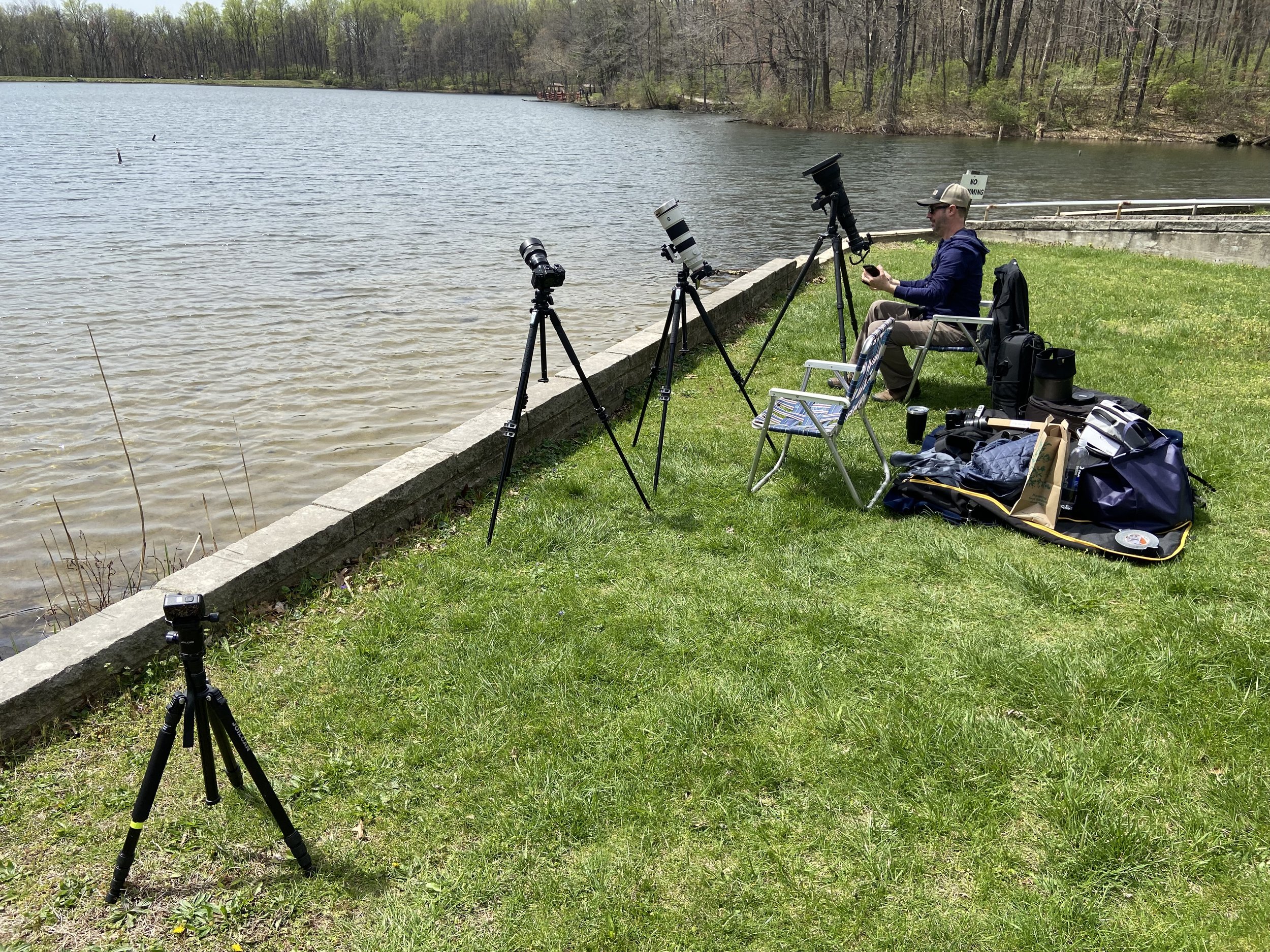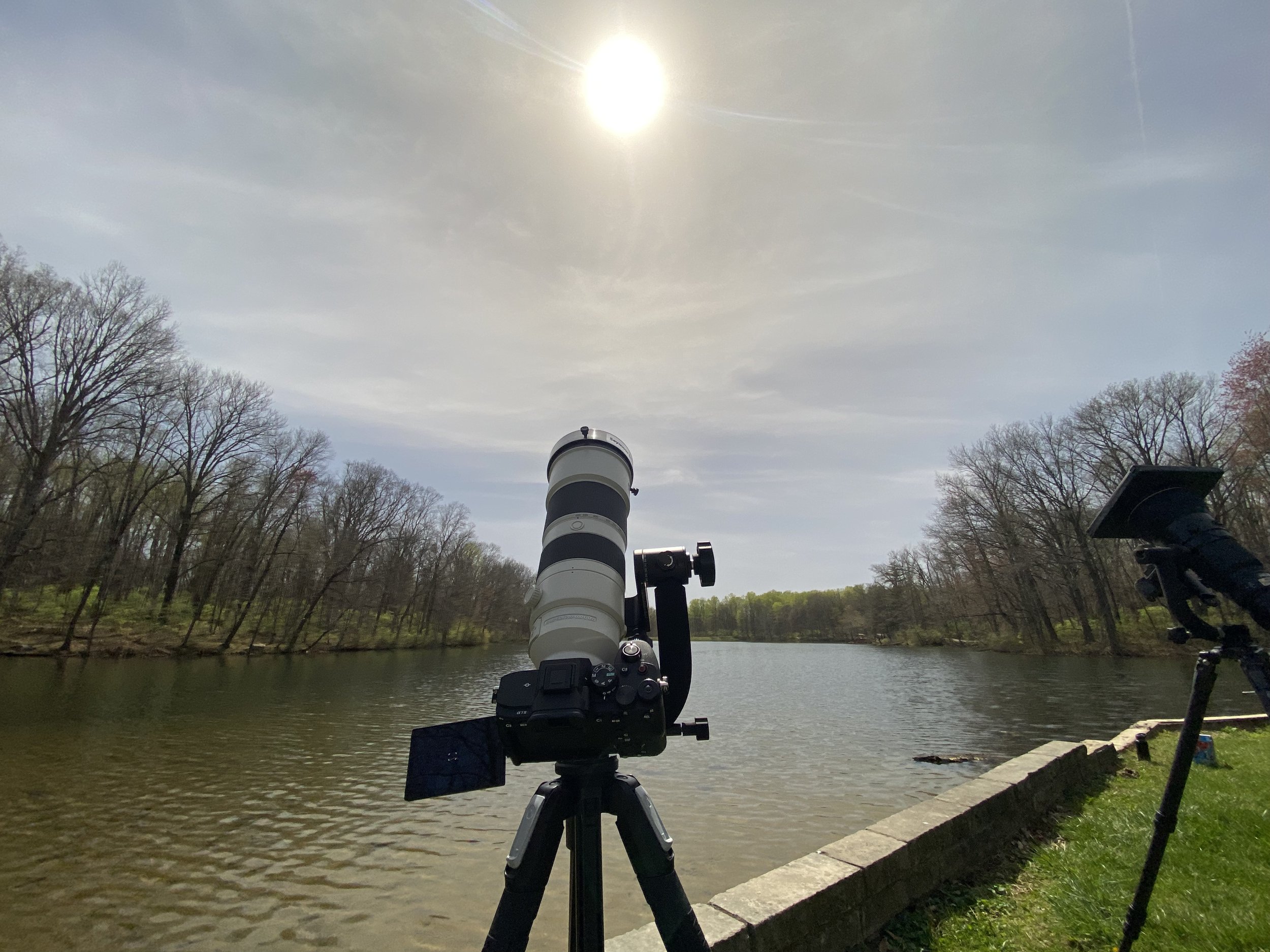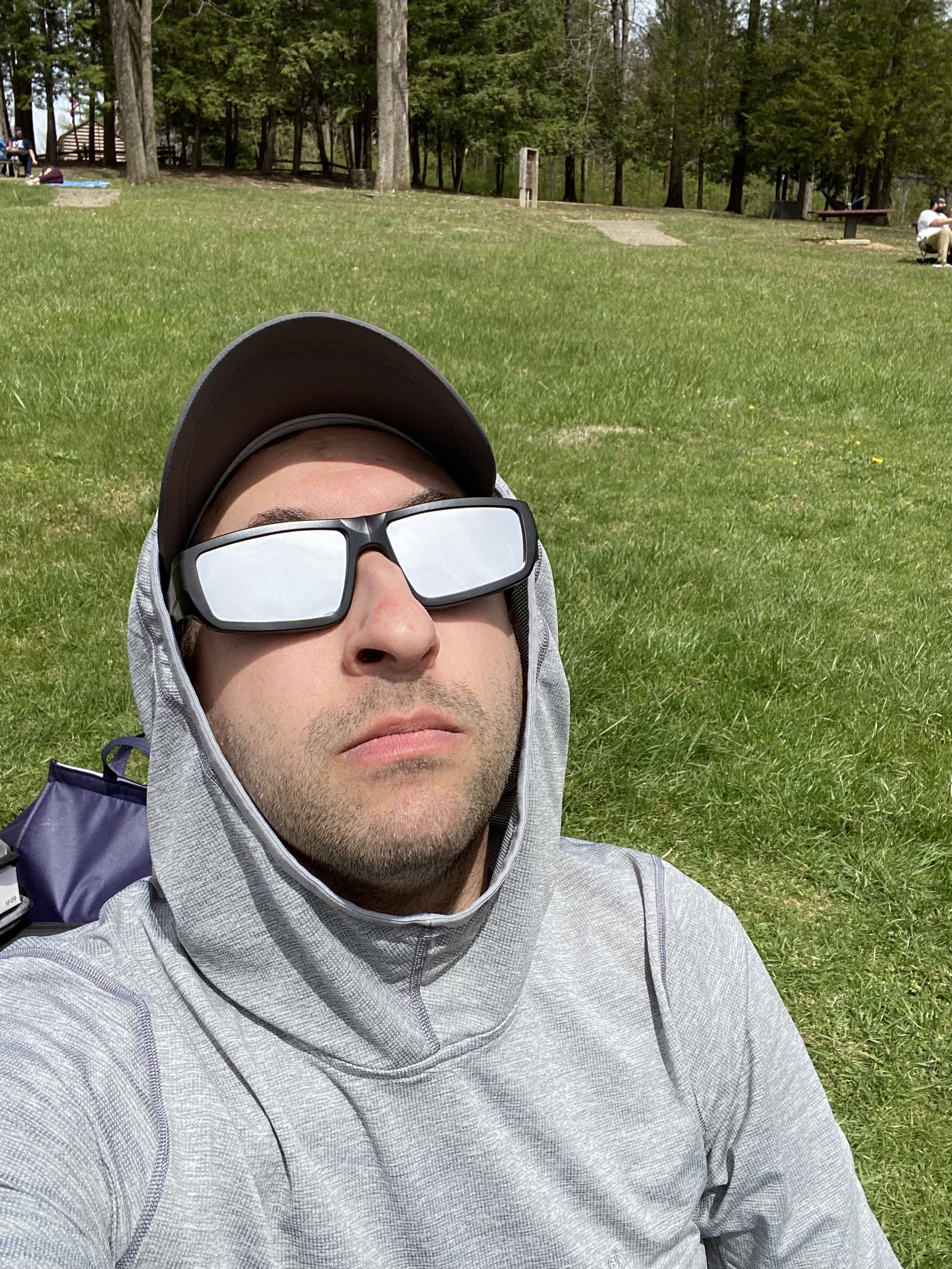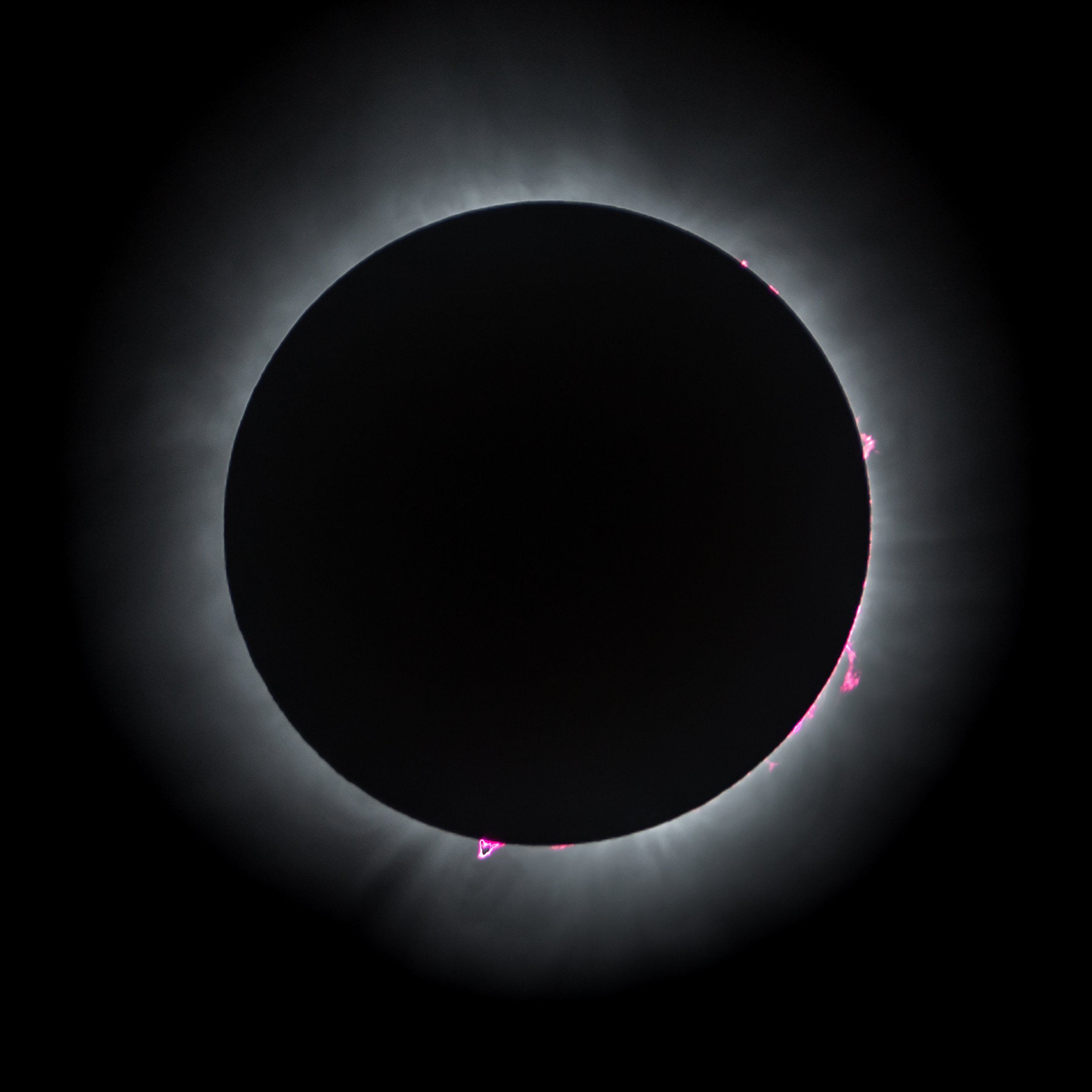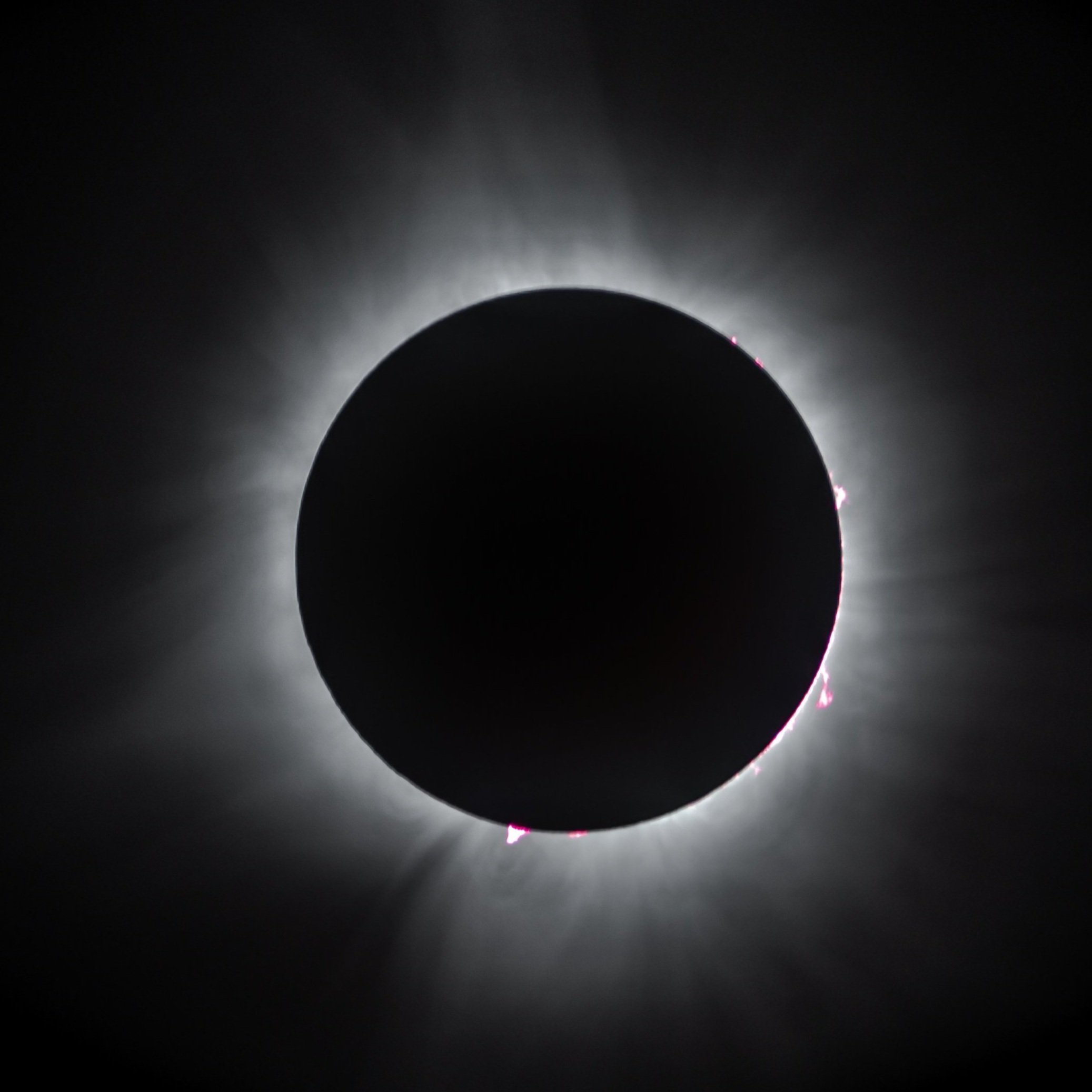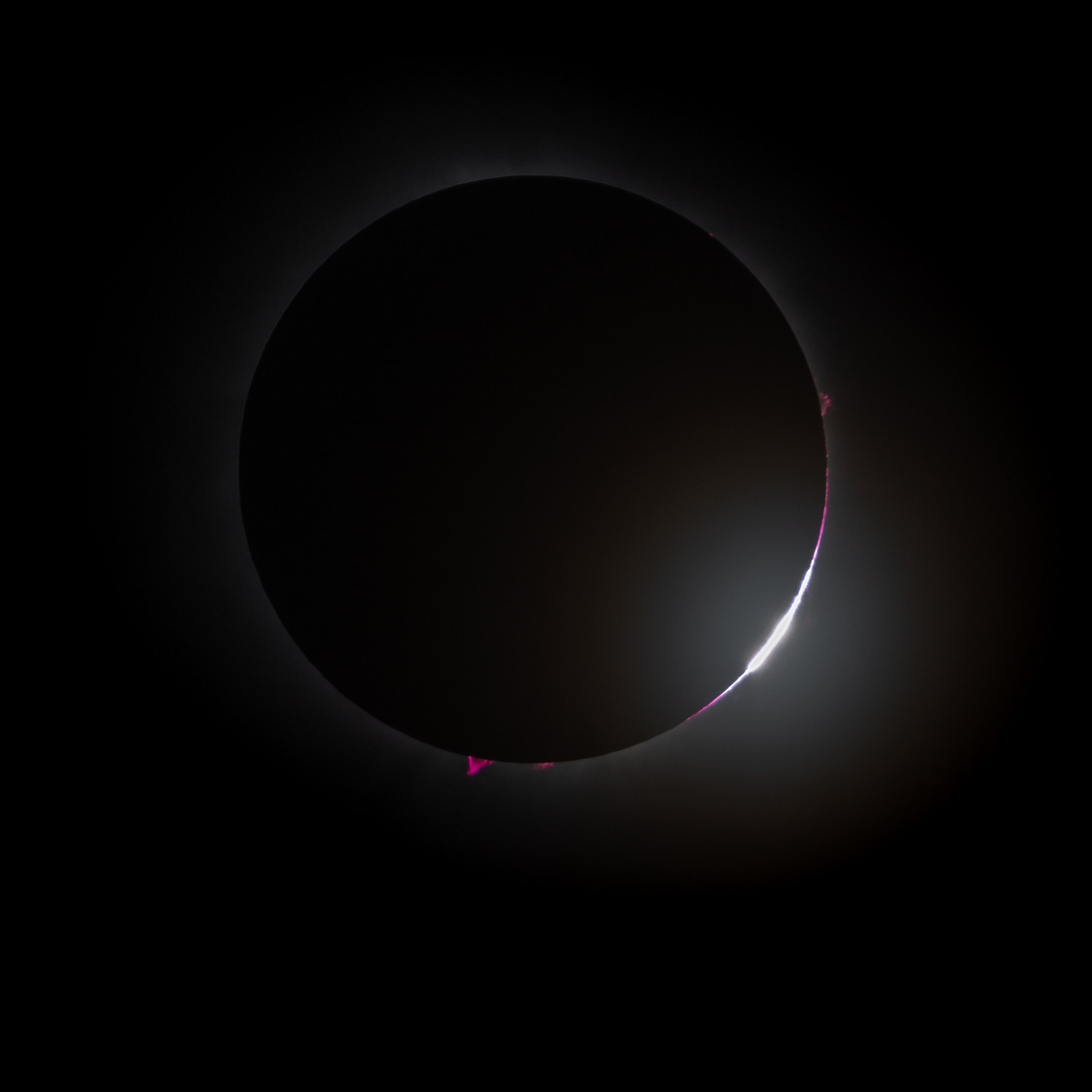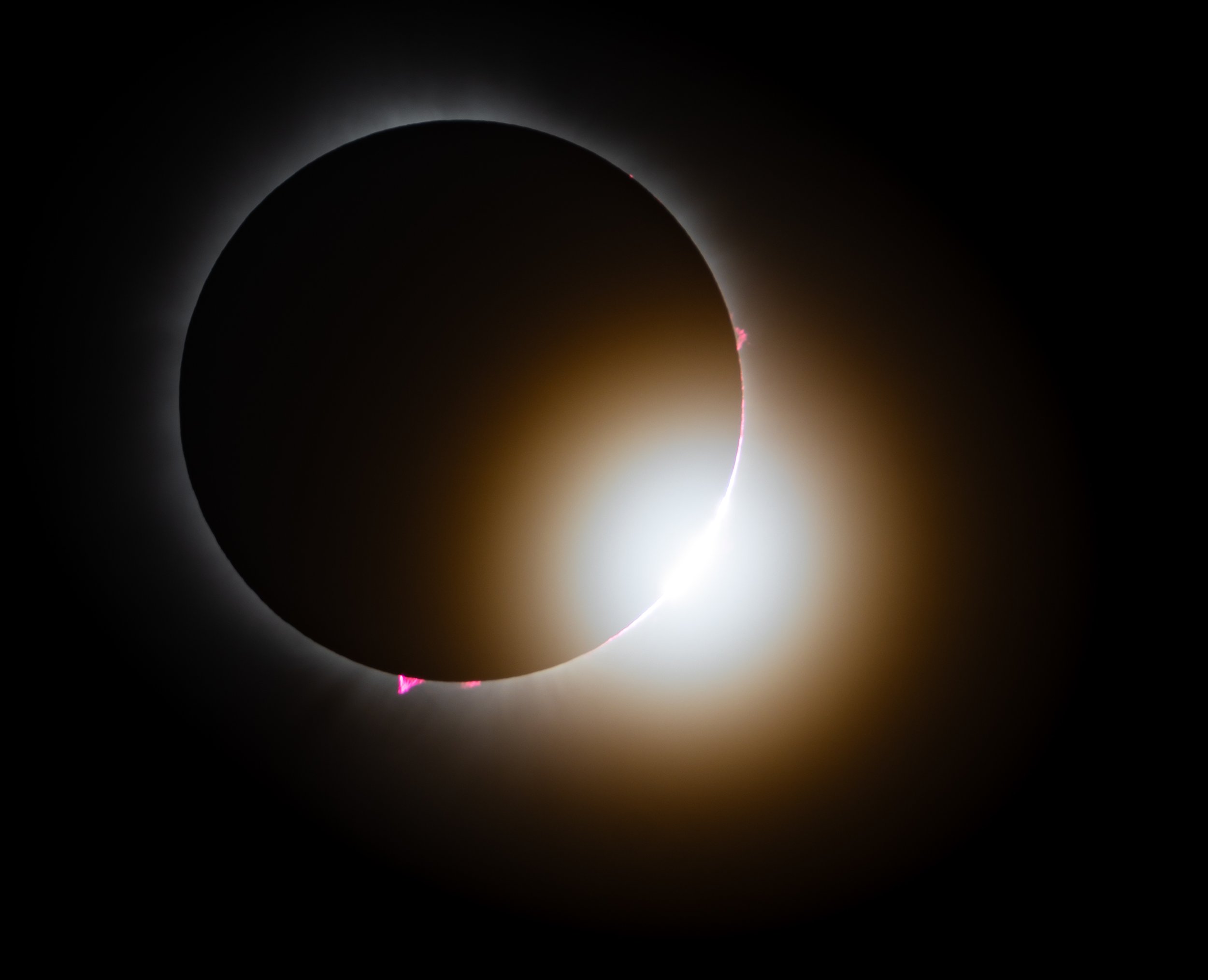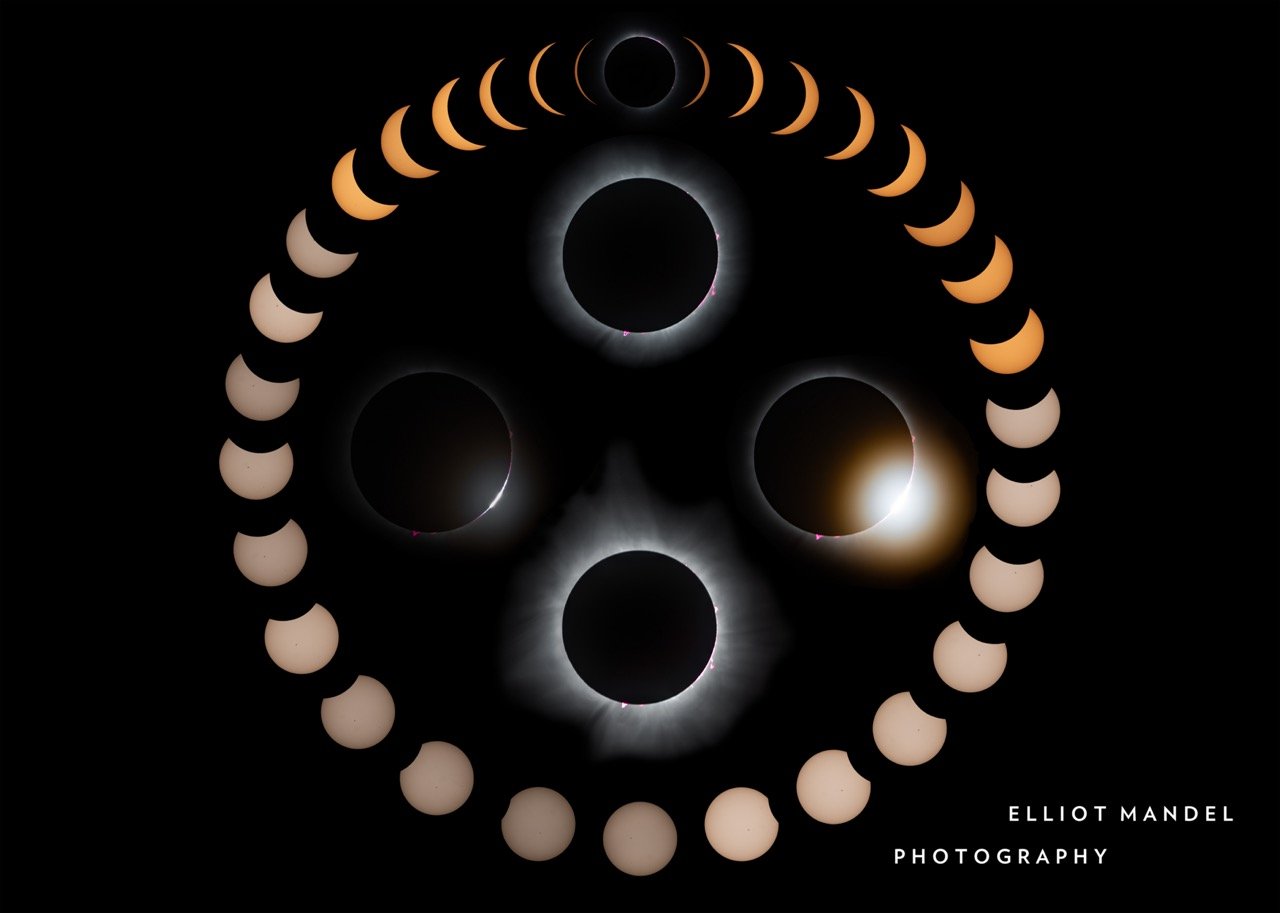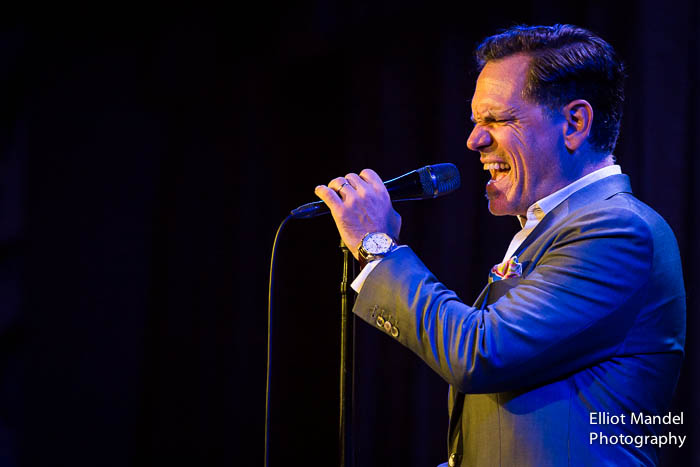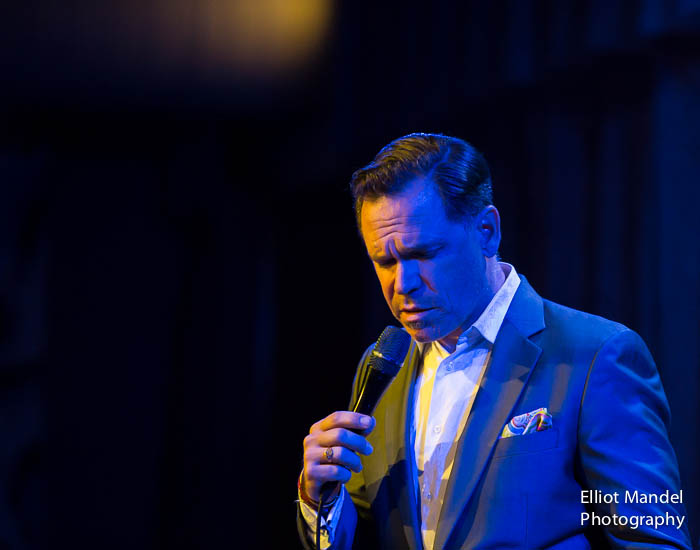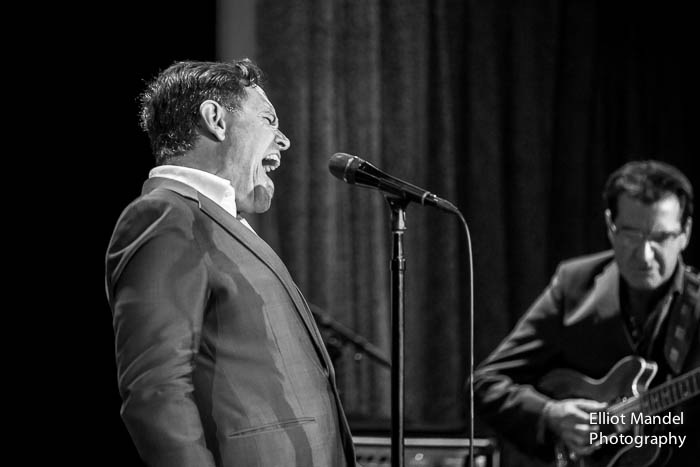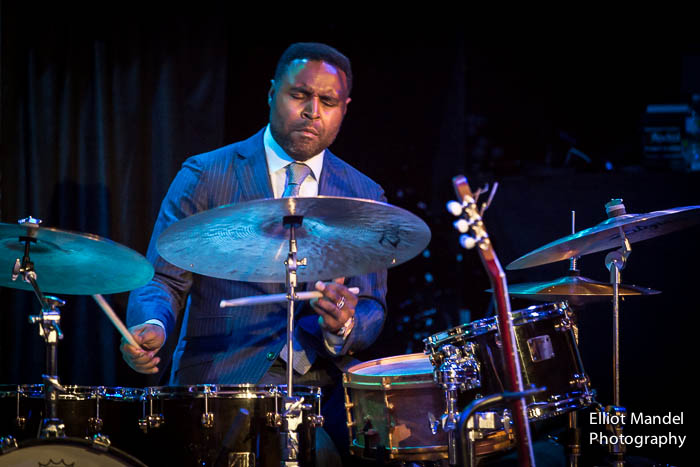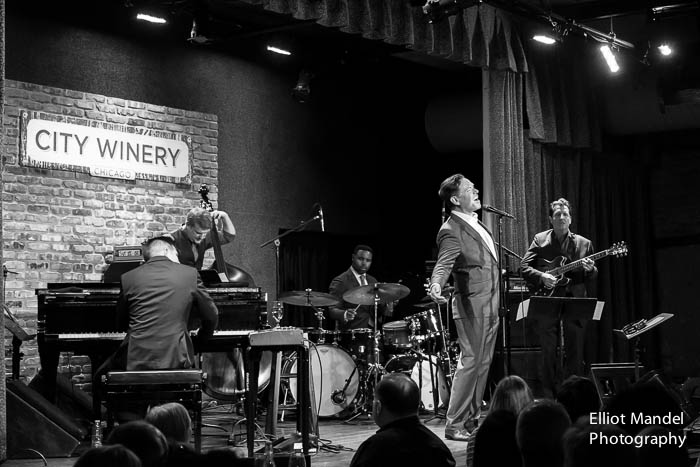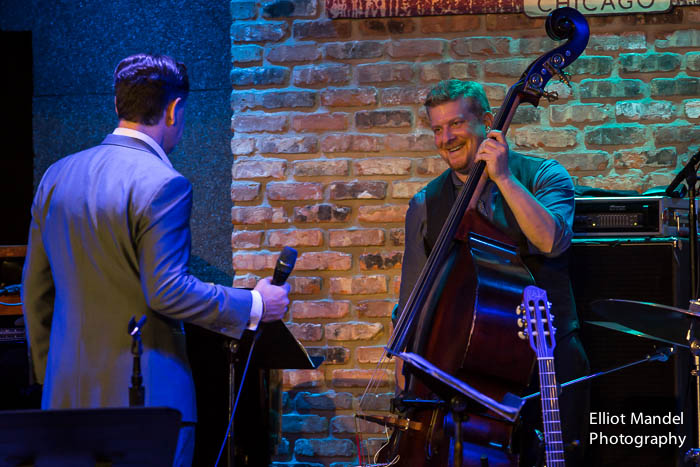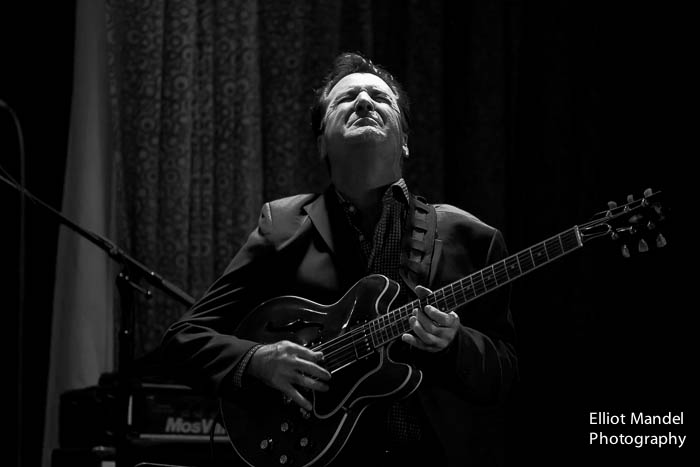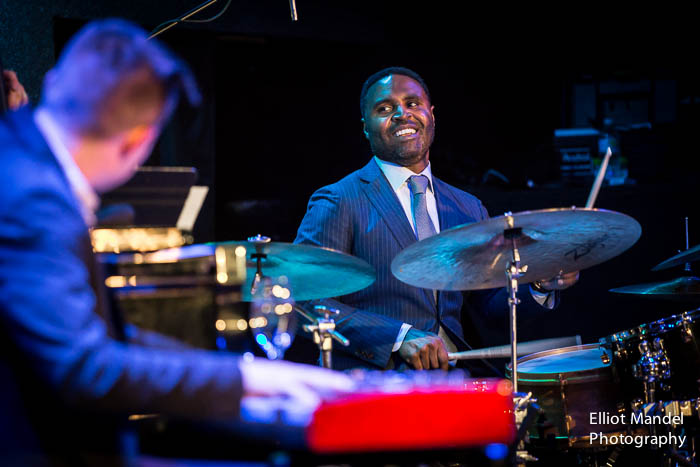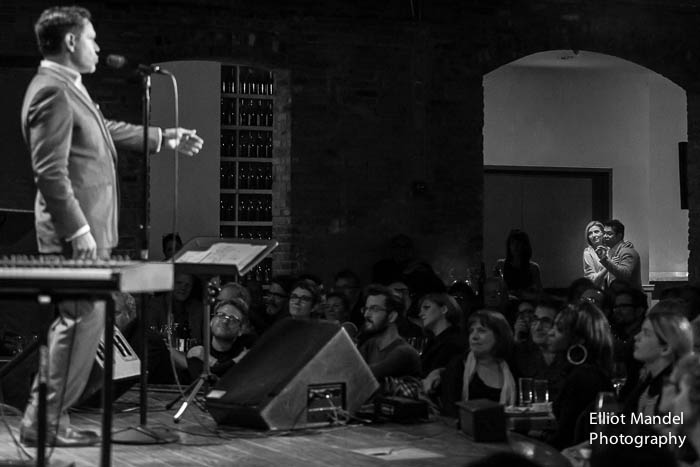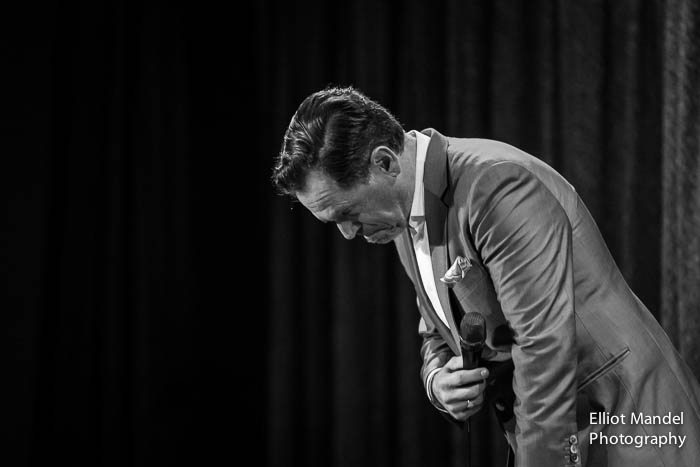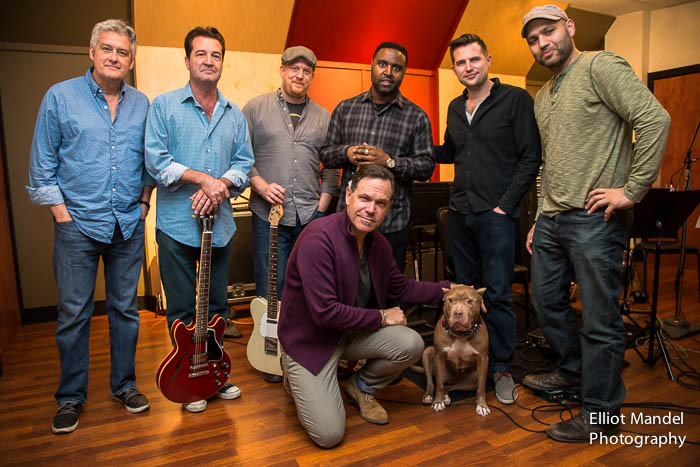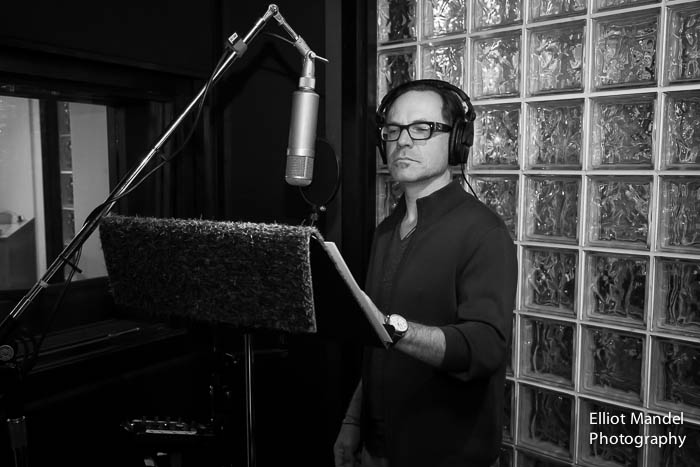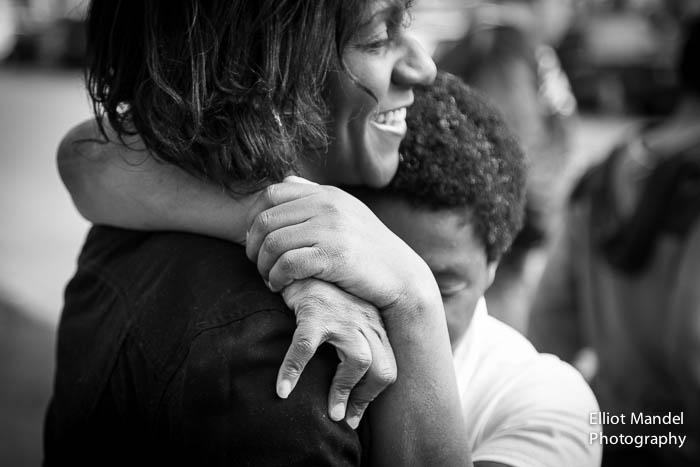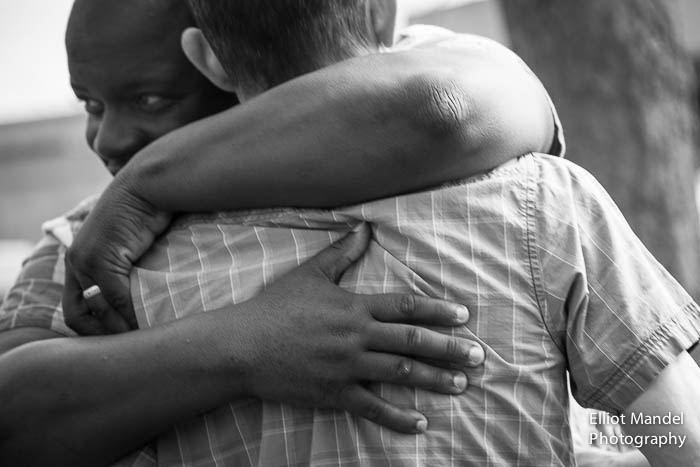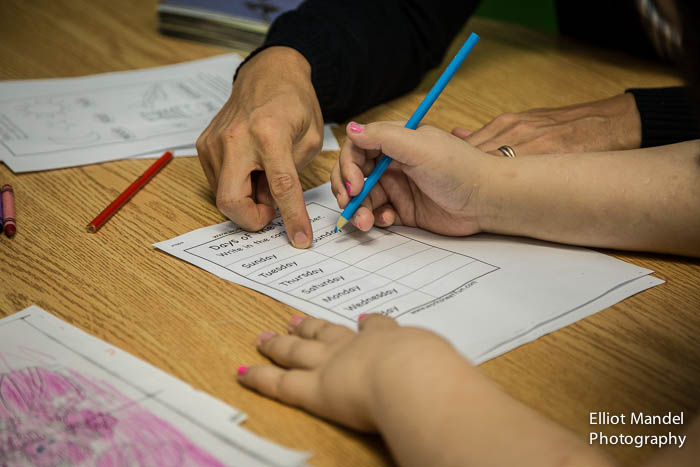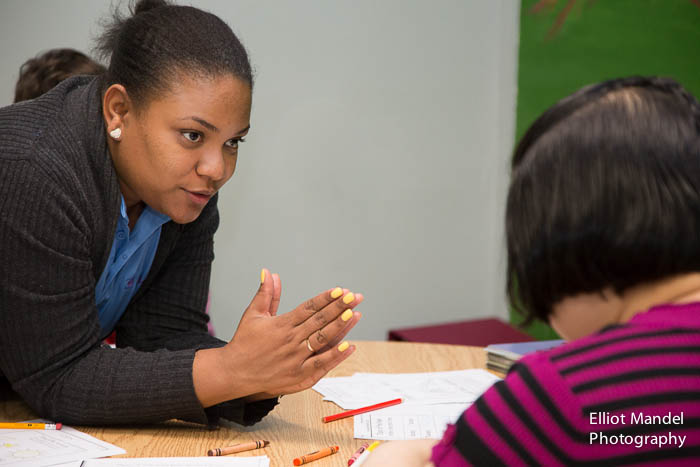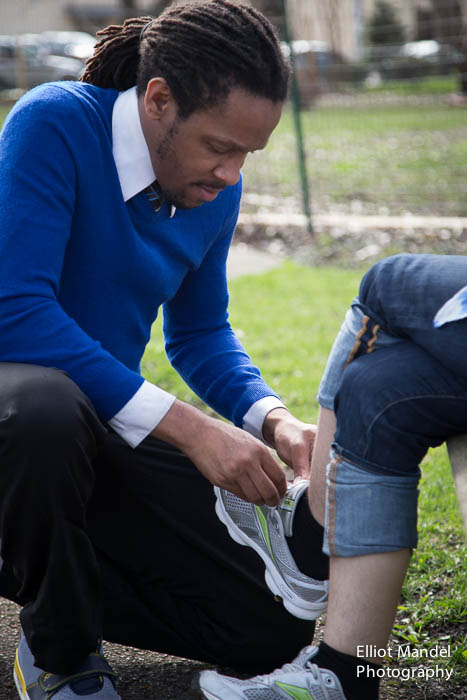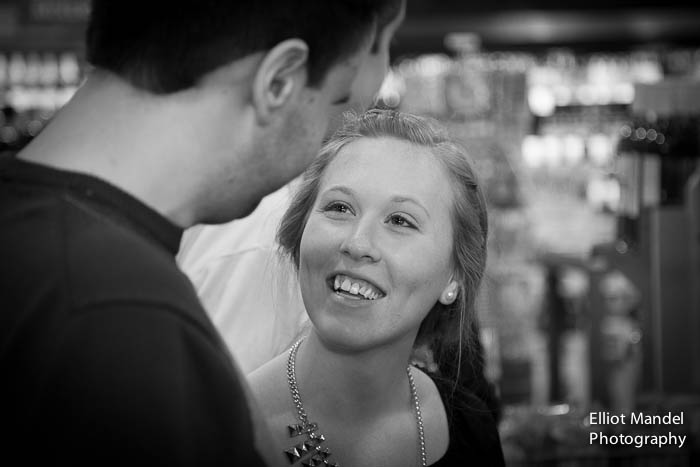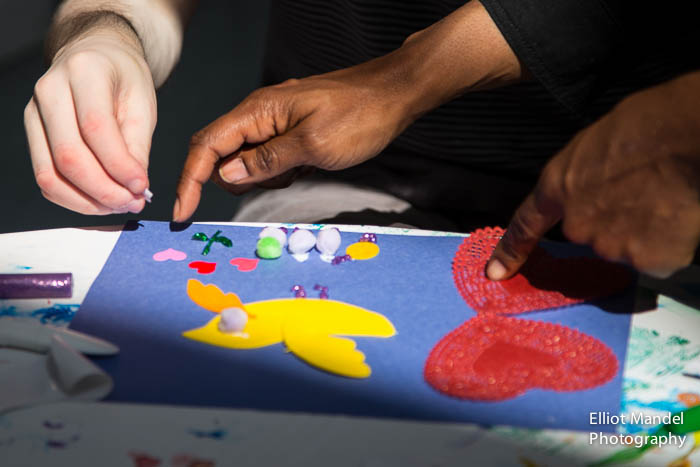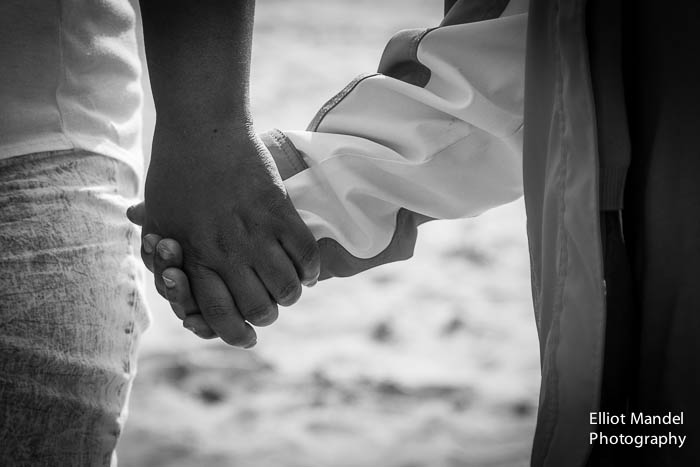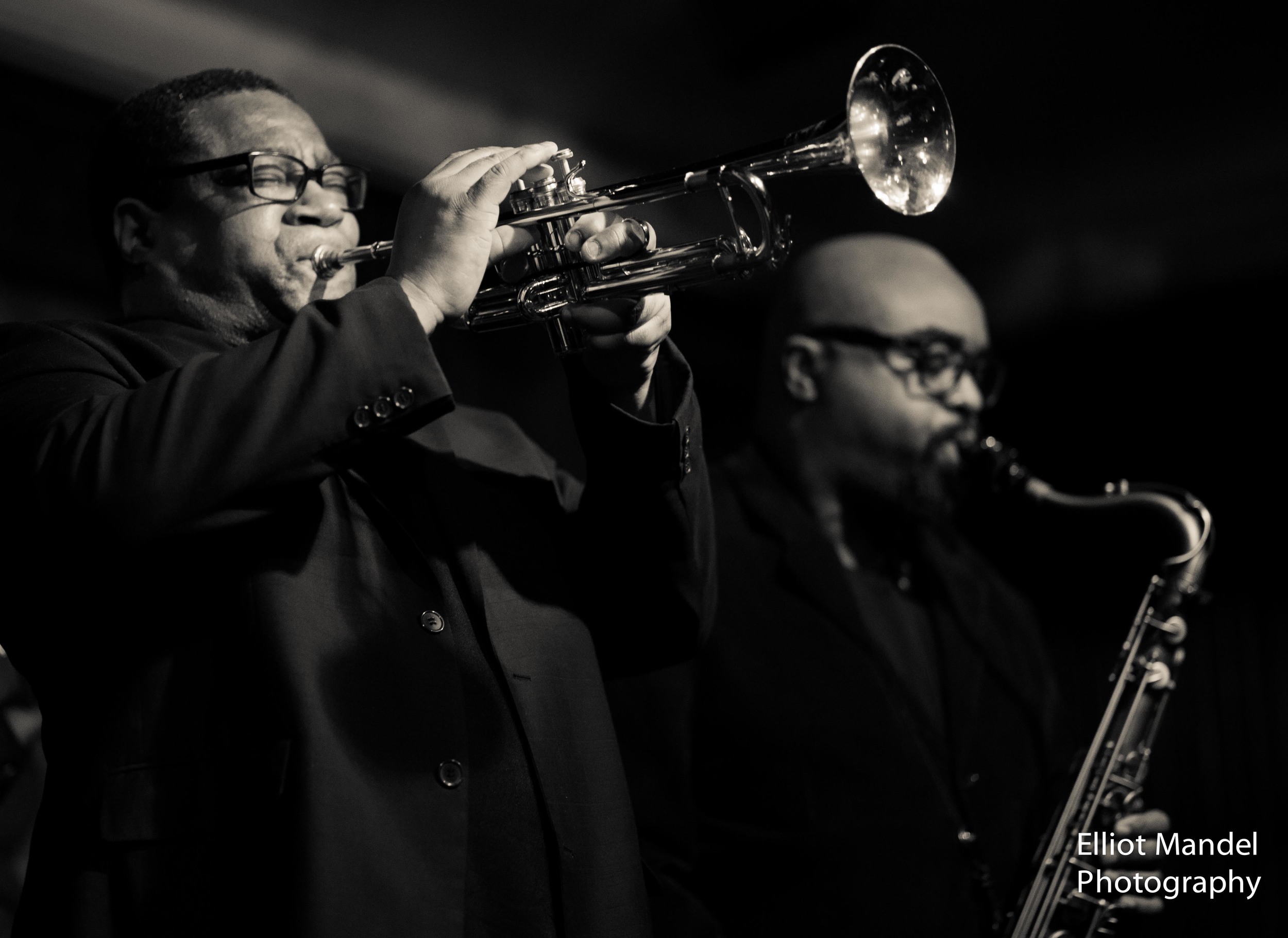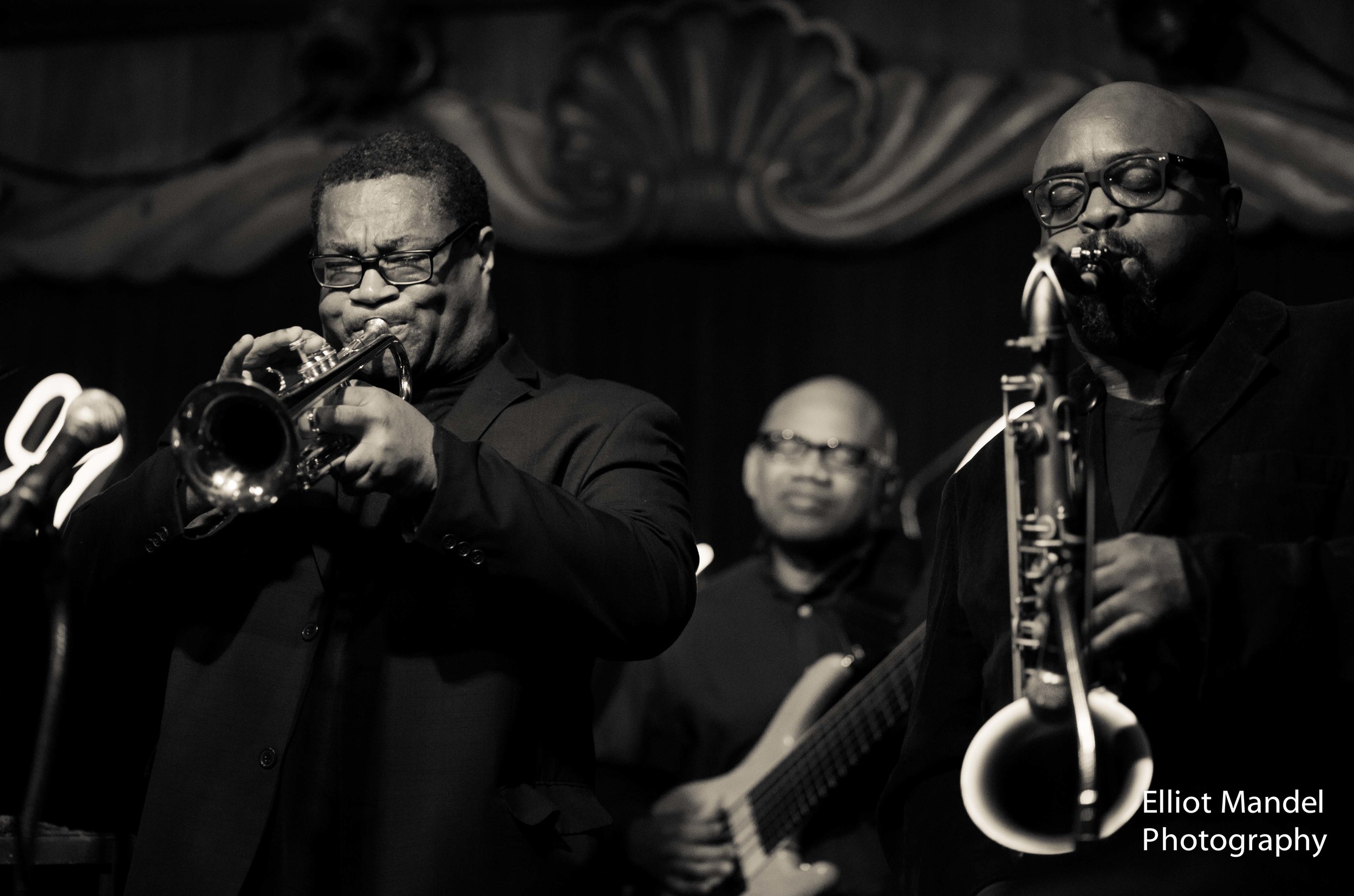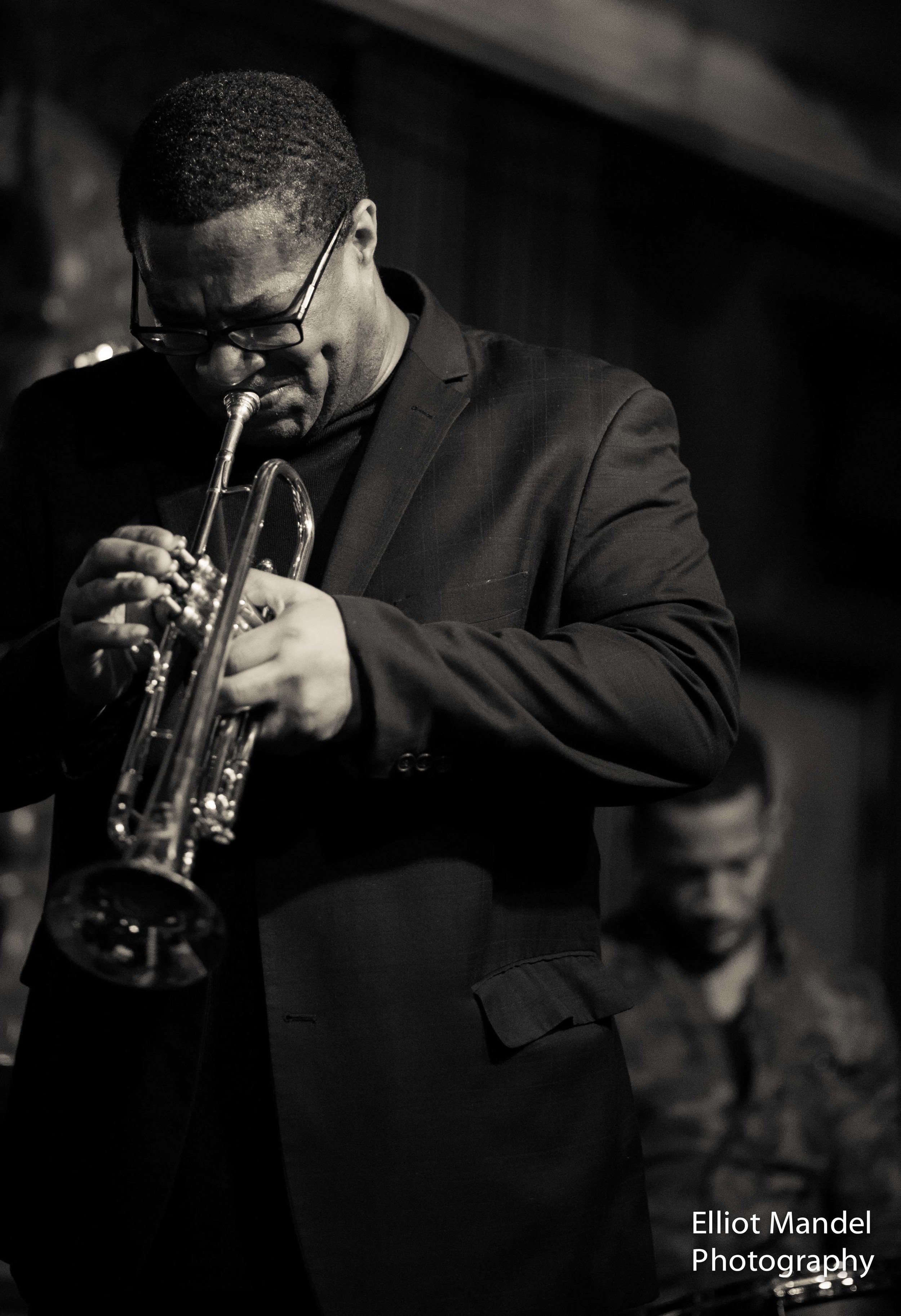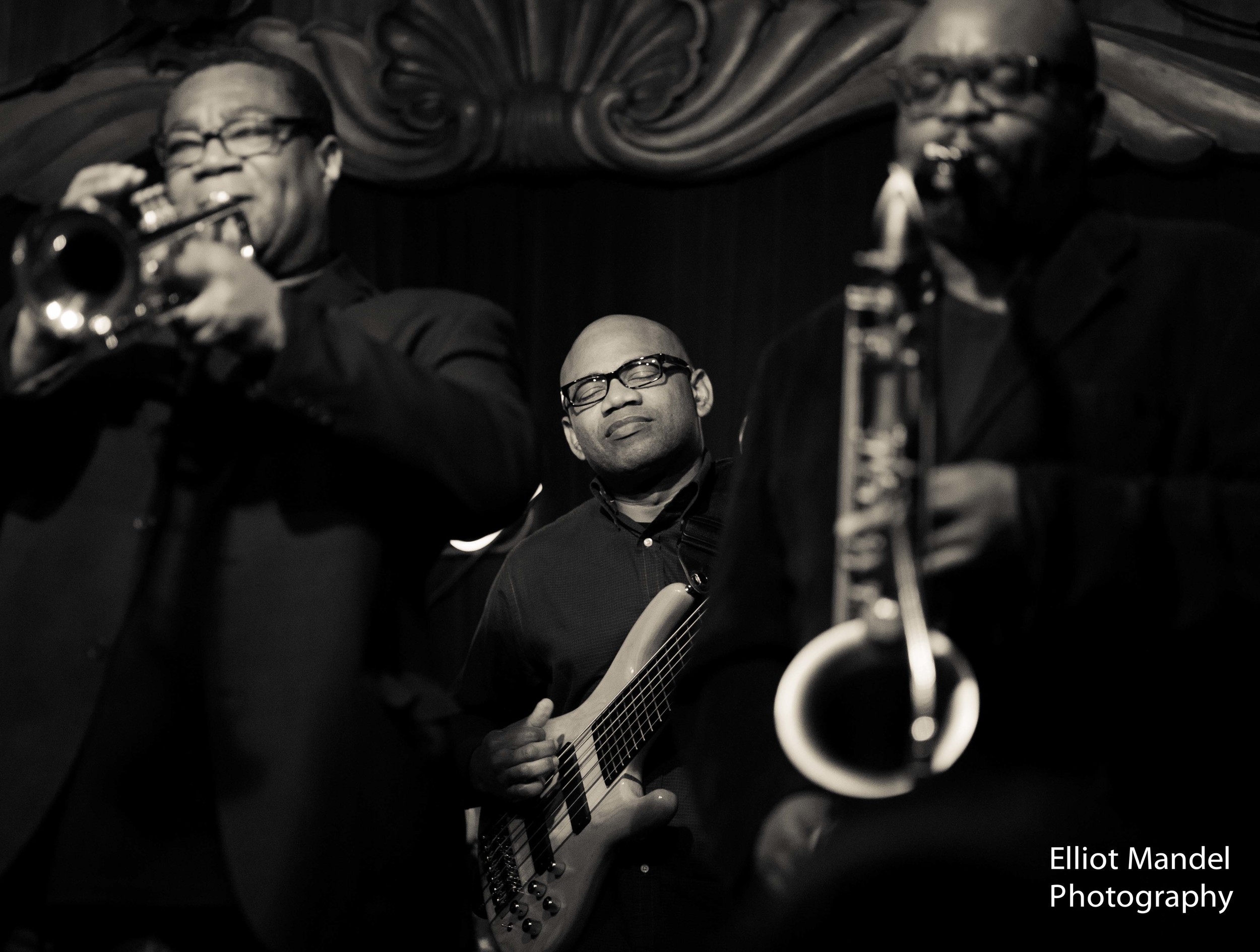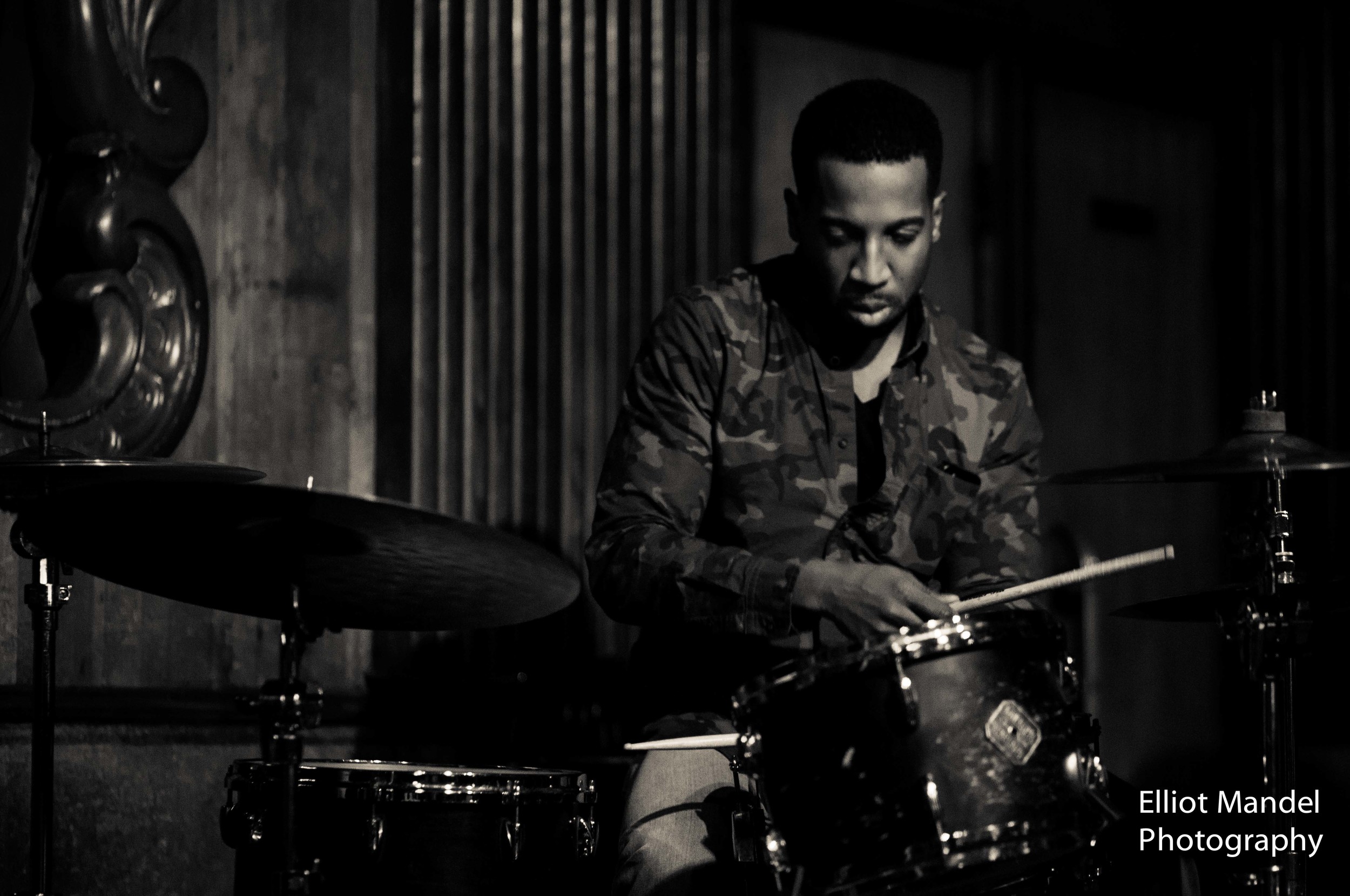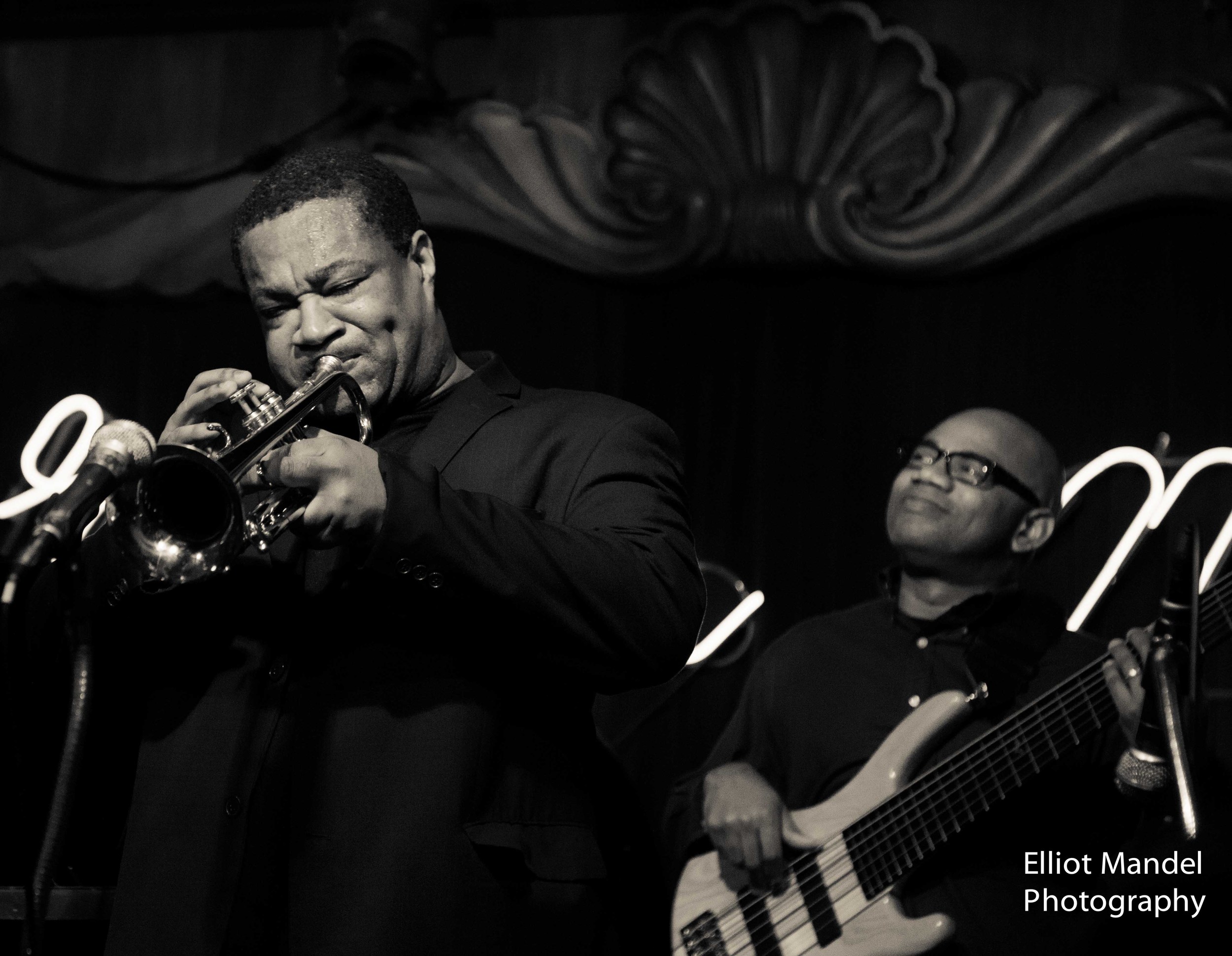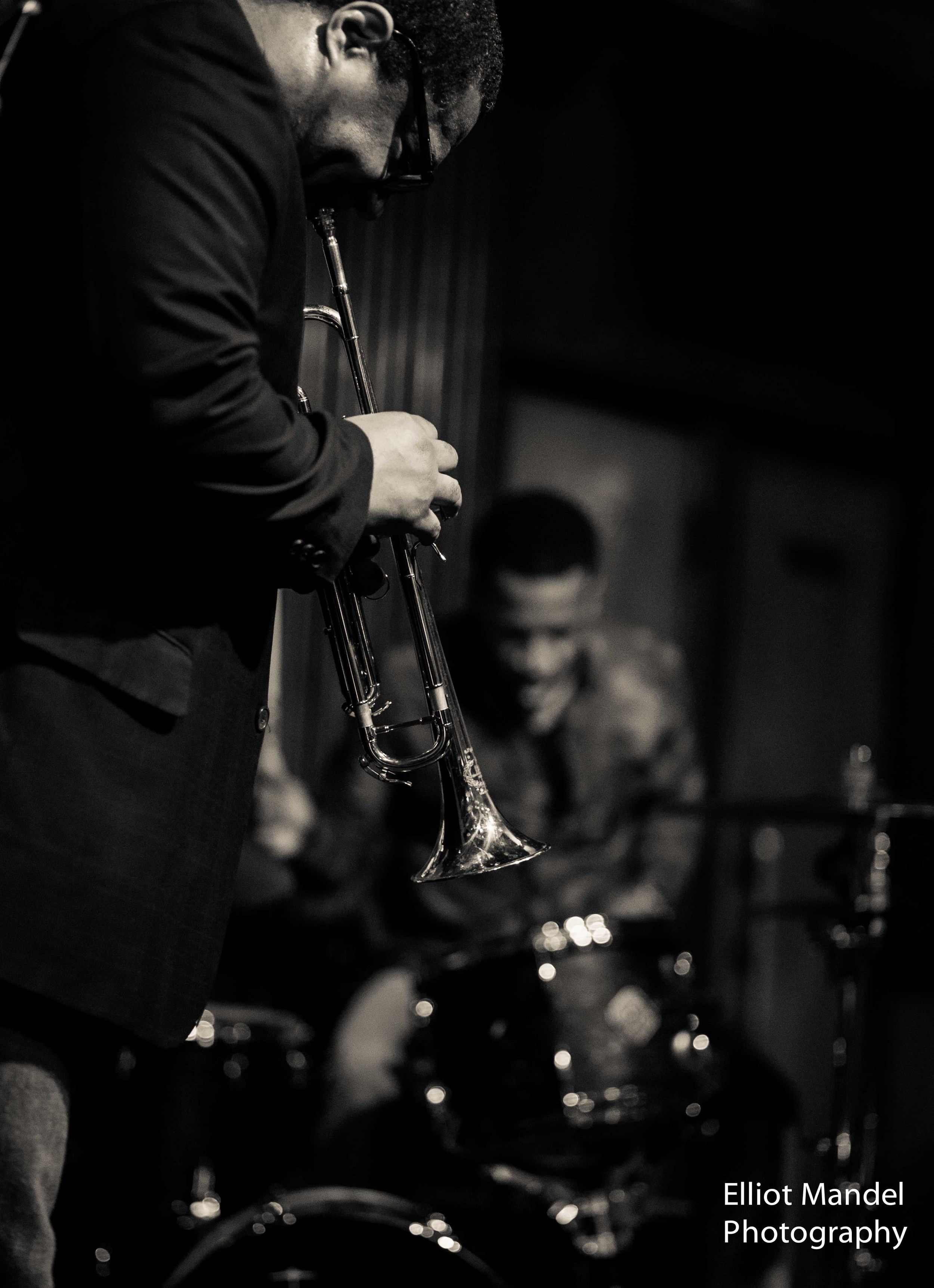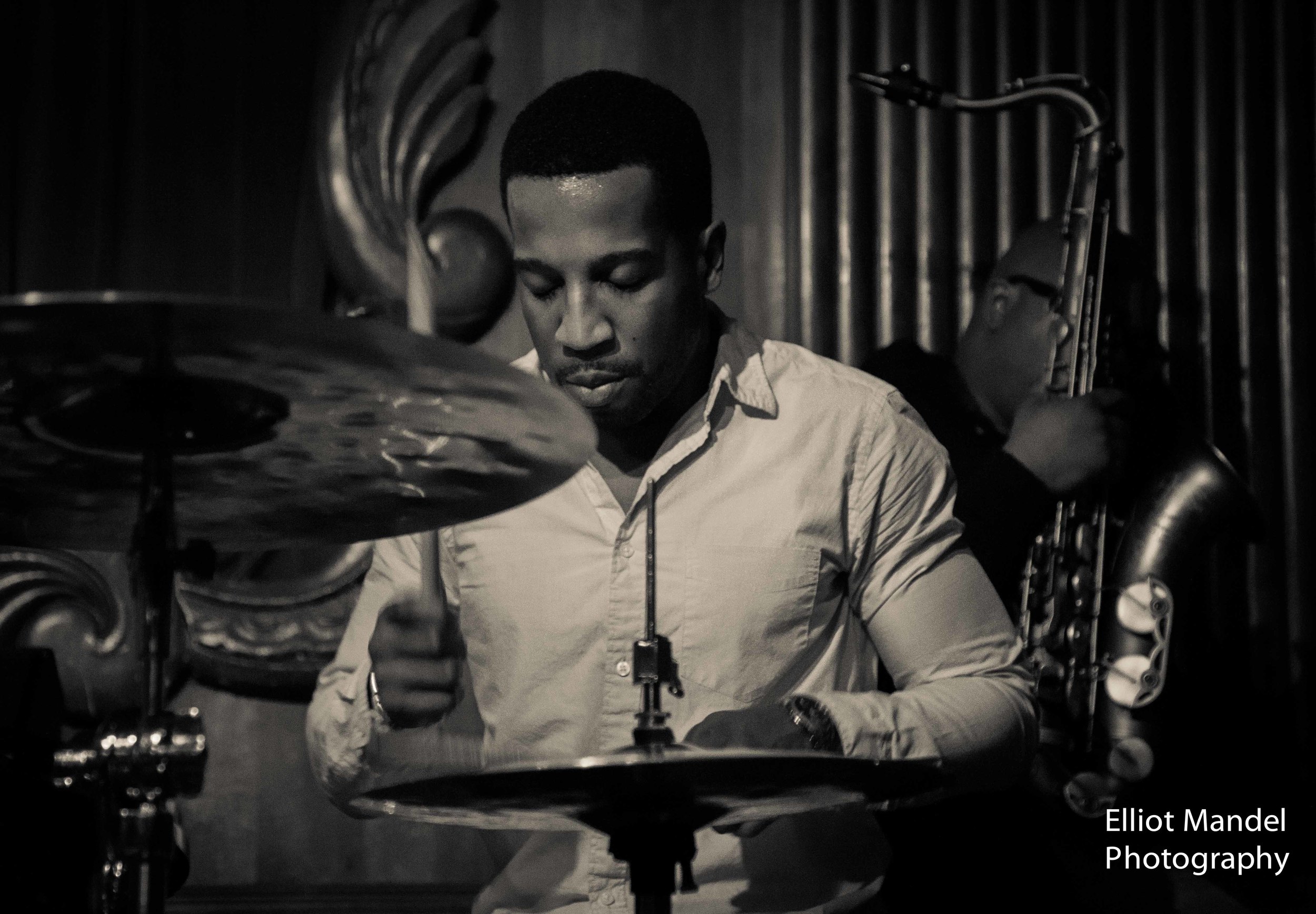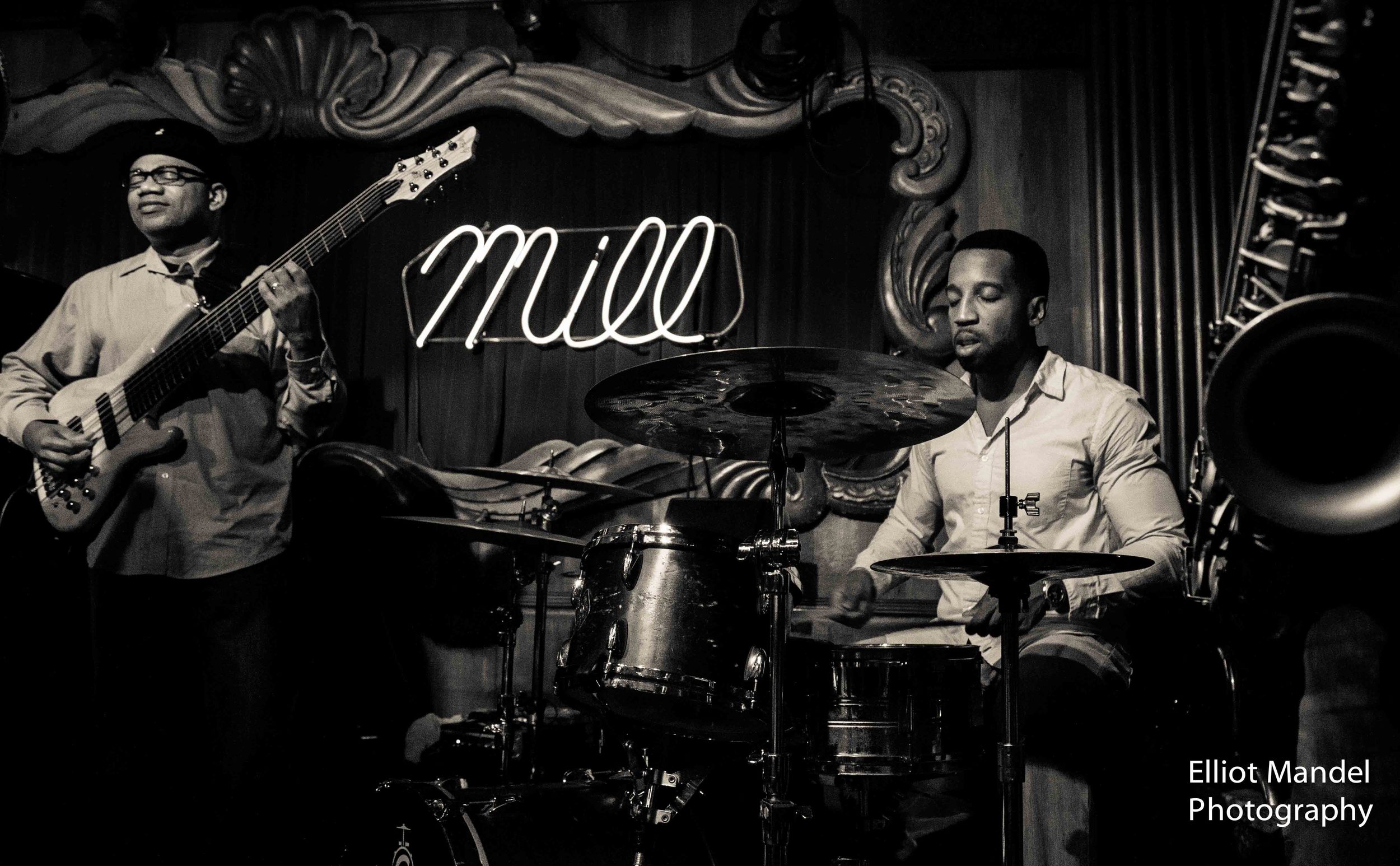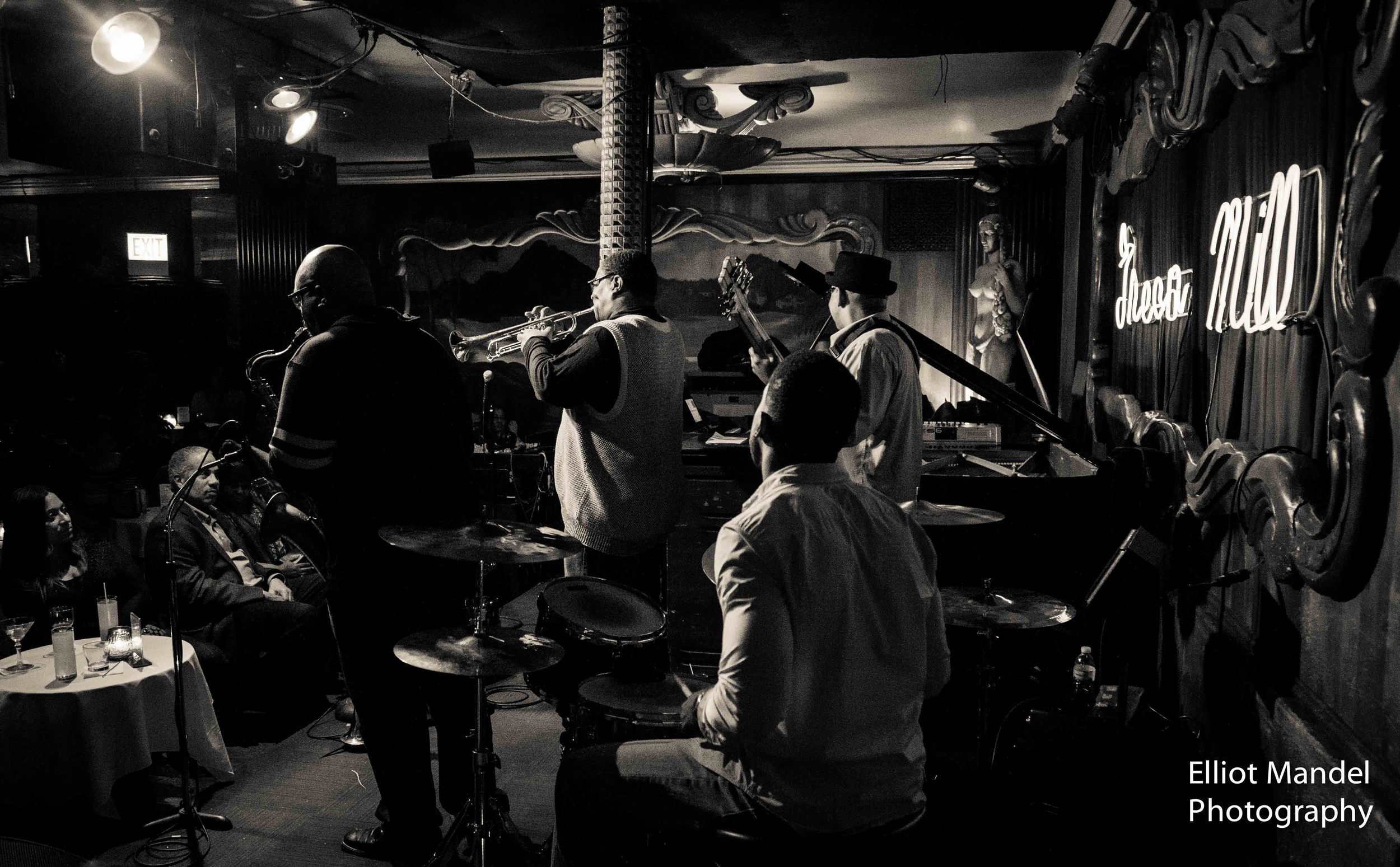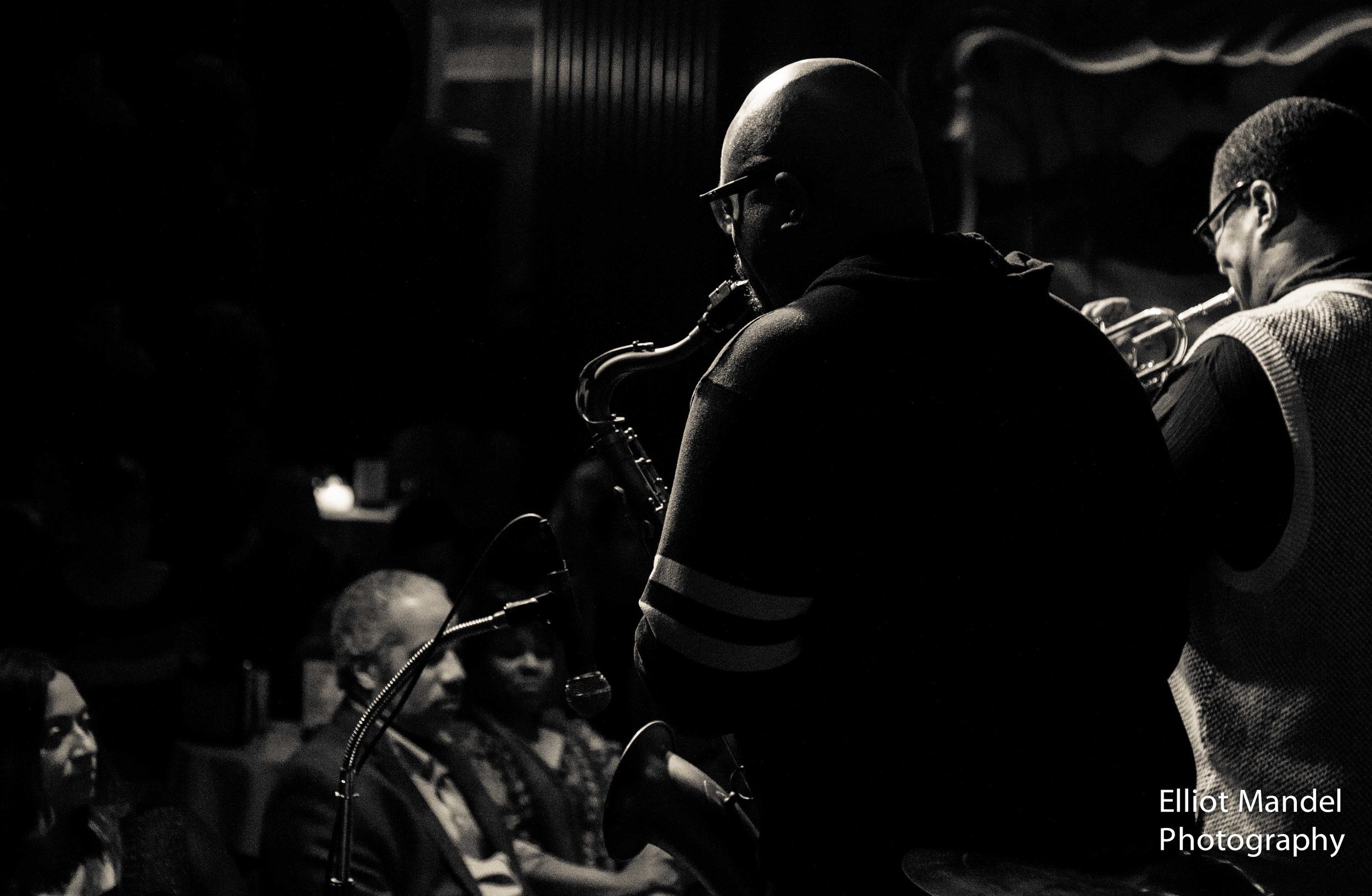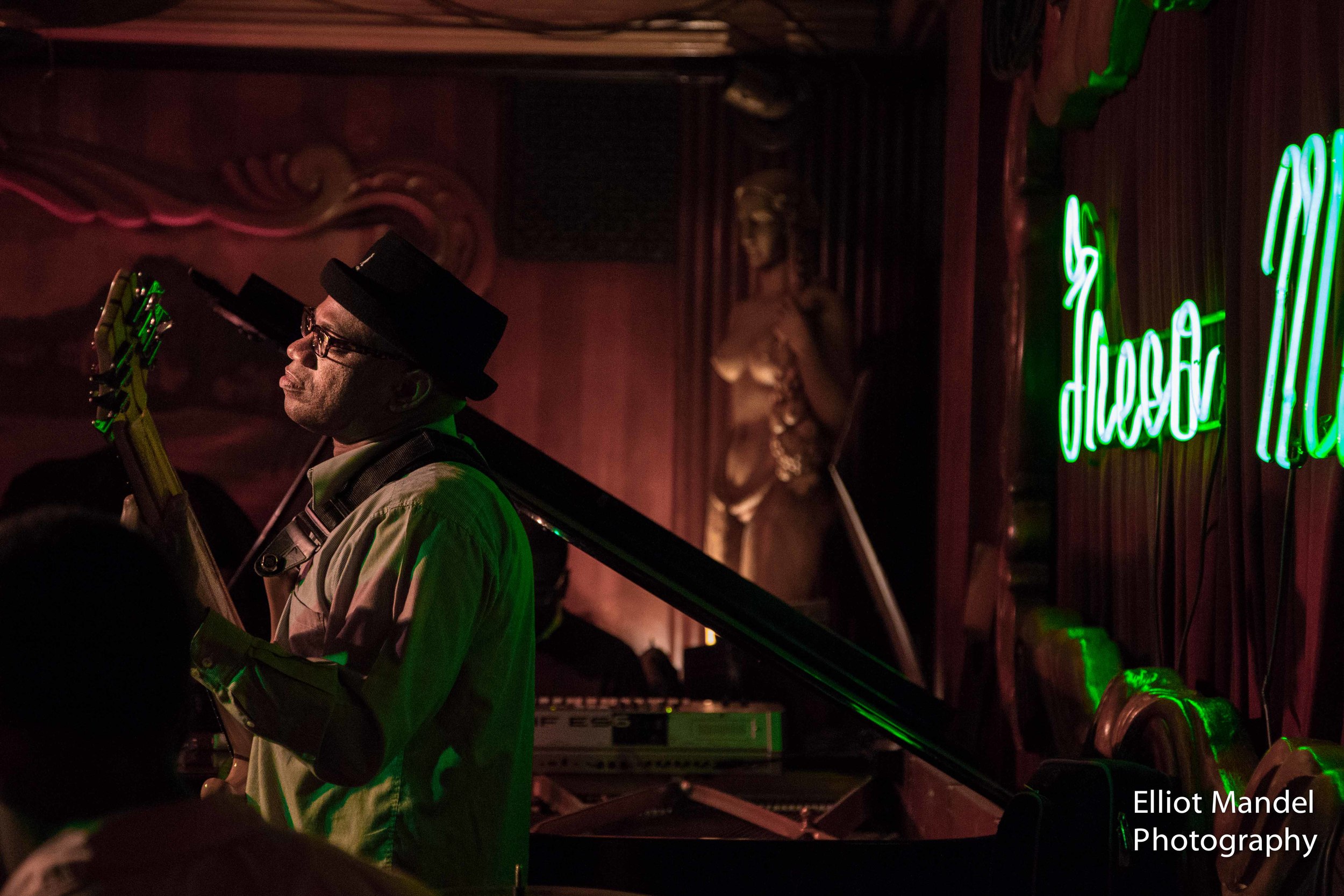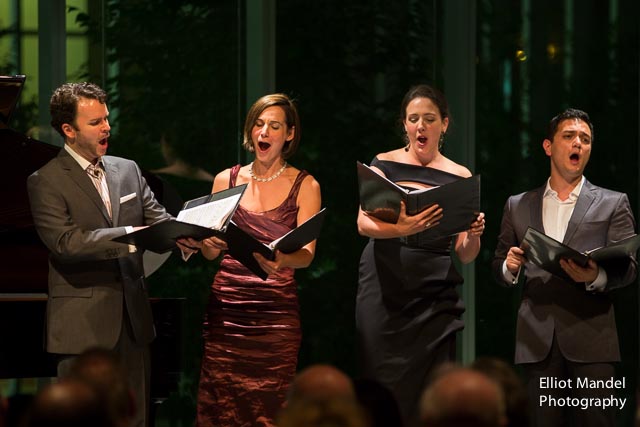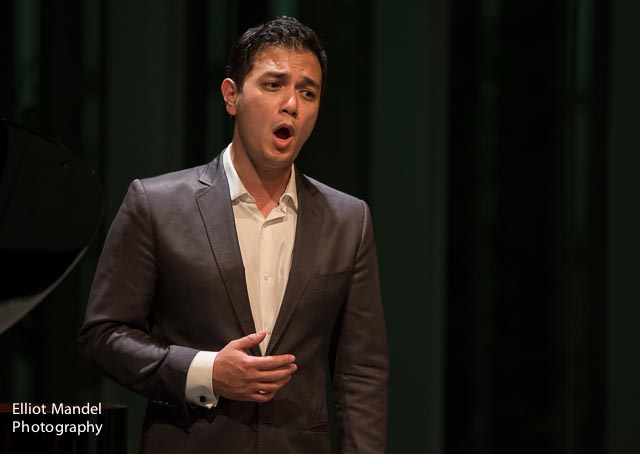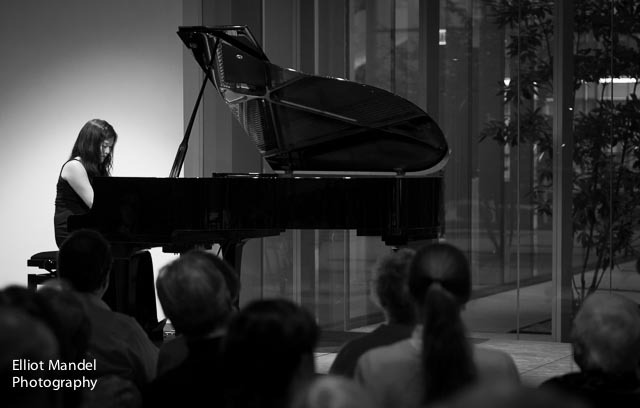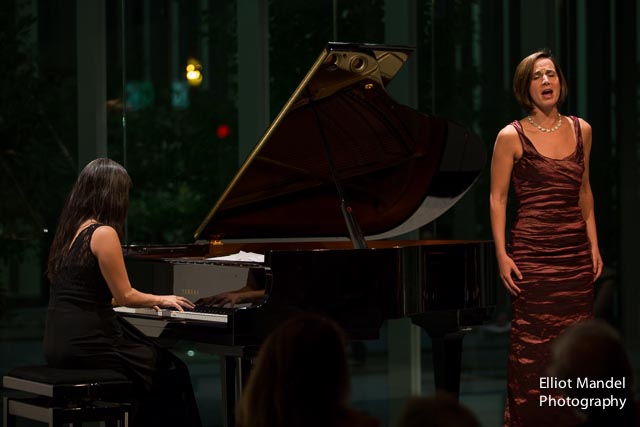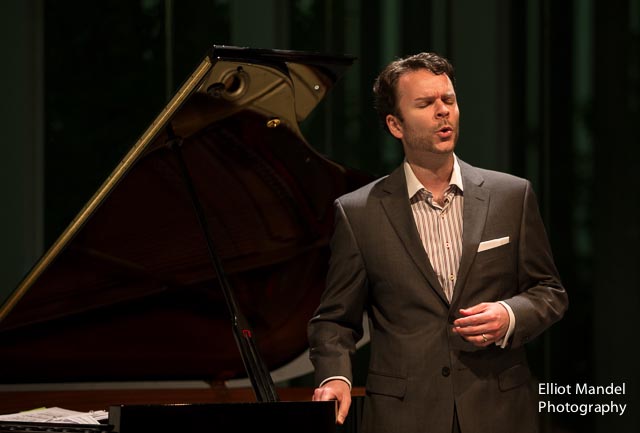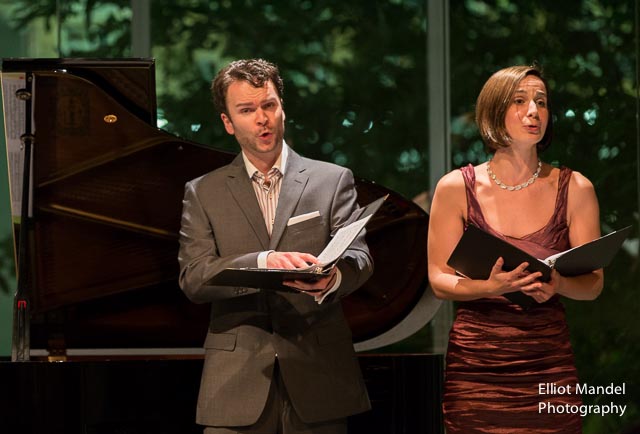Weather? Clouds? Traffic? Weather? Location? CLOUDS? These were the questions rolling around my head in the weeks leading up to April 8, 2024. I’d never seen or photographed a total solar eclipse and I wanted to make the most of it. I researched techniques and solar filters. I combed satellite views of western and central Indiana looking for a location. I worried about navigating around the millions of people who would descend on a thin viewing path of totality. I refreshed the weather app again and again and again. All for a celestial event that wouldn’t last four minutes.
Before dawn on April 8, I loaded up the car with my cameras, lenses, tripods, solar filters, and food. I picked up my friend, Ryan and all his gear, and we left Chicago by 5am. We wound through back roads and down Highway 41 on our way to Terre Haute, Indiana, towards a a county park that seemed like it might be a good spot with easy parking and nice open green space. We pulled in around 9am, and found a clearing of lawn with a southwest view over a lake. No traffic, no crowds. The eclipse wouldn’t start for another five hours.
We unpacked our gear, tested and double-checked camera settings, and kept an eye on the wispy clouds hoping they would clear (or at least, not get worse). You can’t really practice shooting an eclipse. We had planned everything that was in our control, and settled in.
Once the moon took its first bite into the sun, the time seemed to be irrelevant. Small groups of people slowly filtered into the park. Everyone was in a good mood. As the sliver of sun grew smaller, the light grew gray and the temperature began to drop.
When totality began, we removed the solar filters and starting shooting as many frames as we could, trying to capture the different phases of the eclipse within 4 minutes: the diamond ring effect; Baily’s Beads, when the sun’s light filters through the moon’s craters; the diffusion of light at complete totality; and the reddish solar prominences around the edges. I stopped occasionally to look at it for myself, rather than through the camera. It’s a mesmerizing experience, as beautiful as everyone says.
An hour later, the moon had completely transversed the sun and we were packing up. In total, we drove 8 hours round trip (400 miles), spent 7 hours sitting in the sun, shot for a little under 3 hours, and witnessed a 4-minute eclipse.
Time-lapse of the eclipse, in 21 seconds, by Ryan Bennett.


